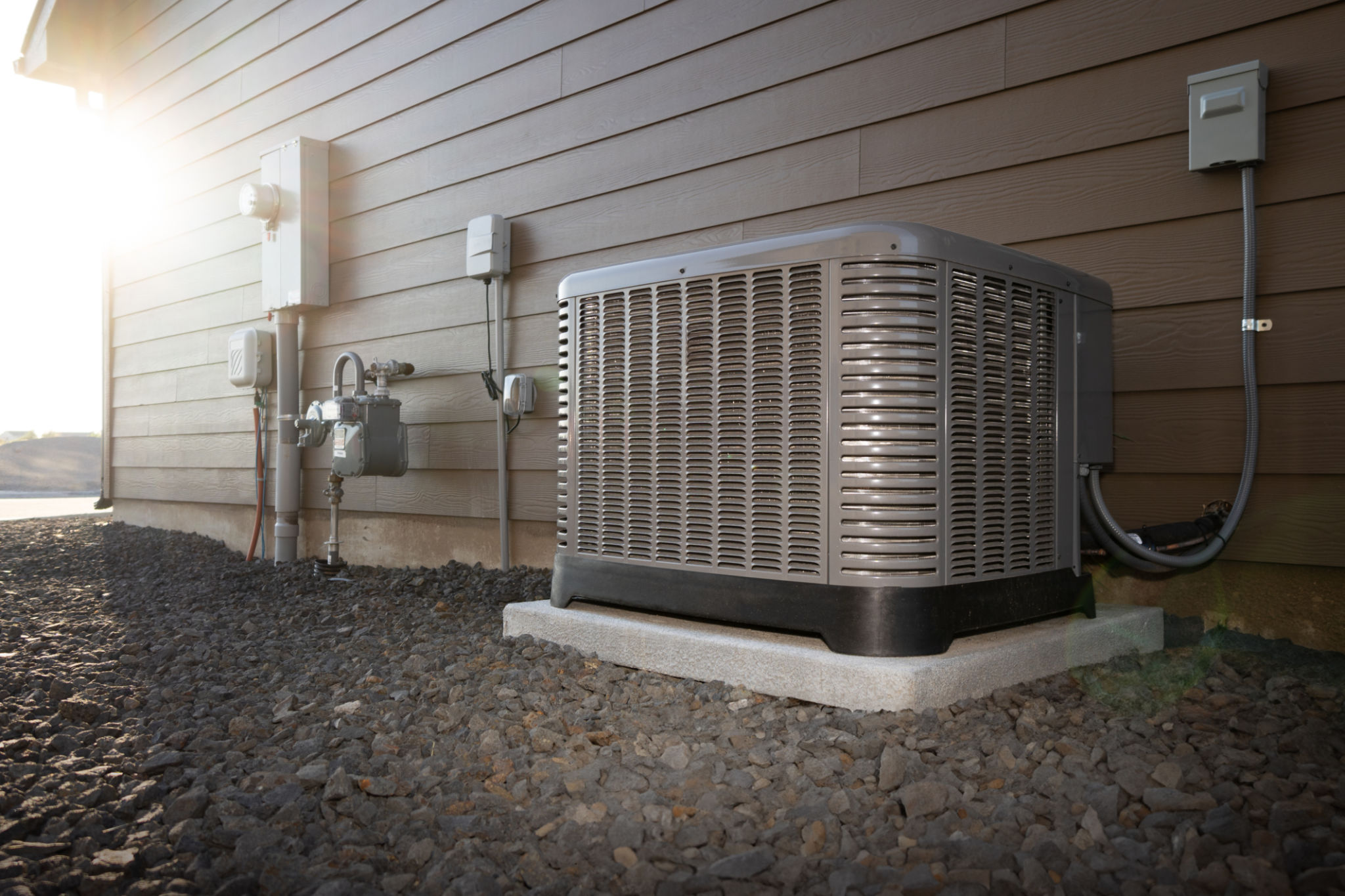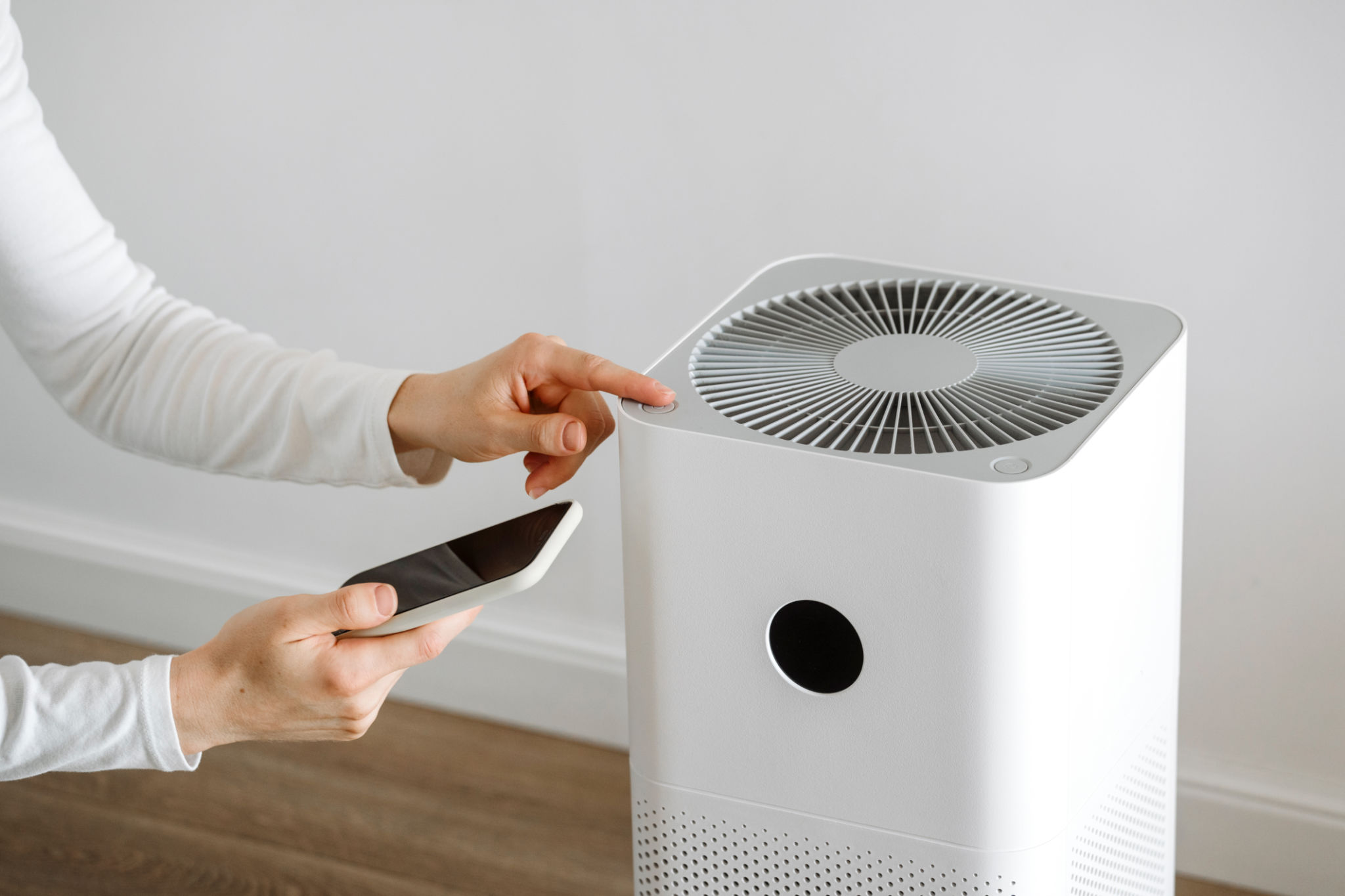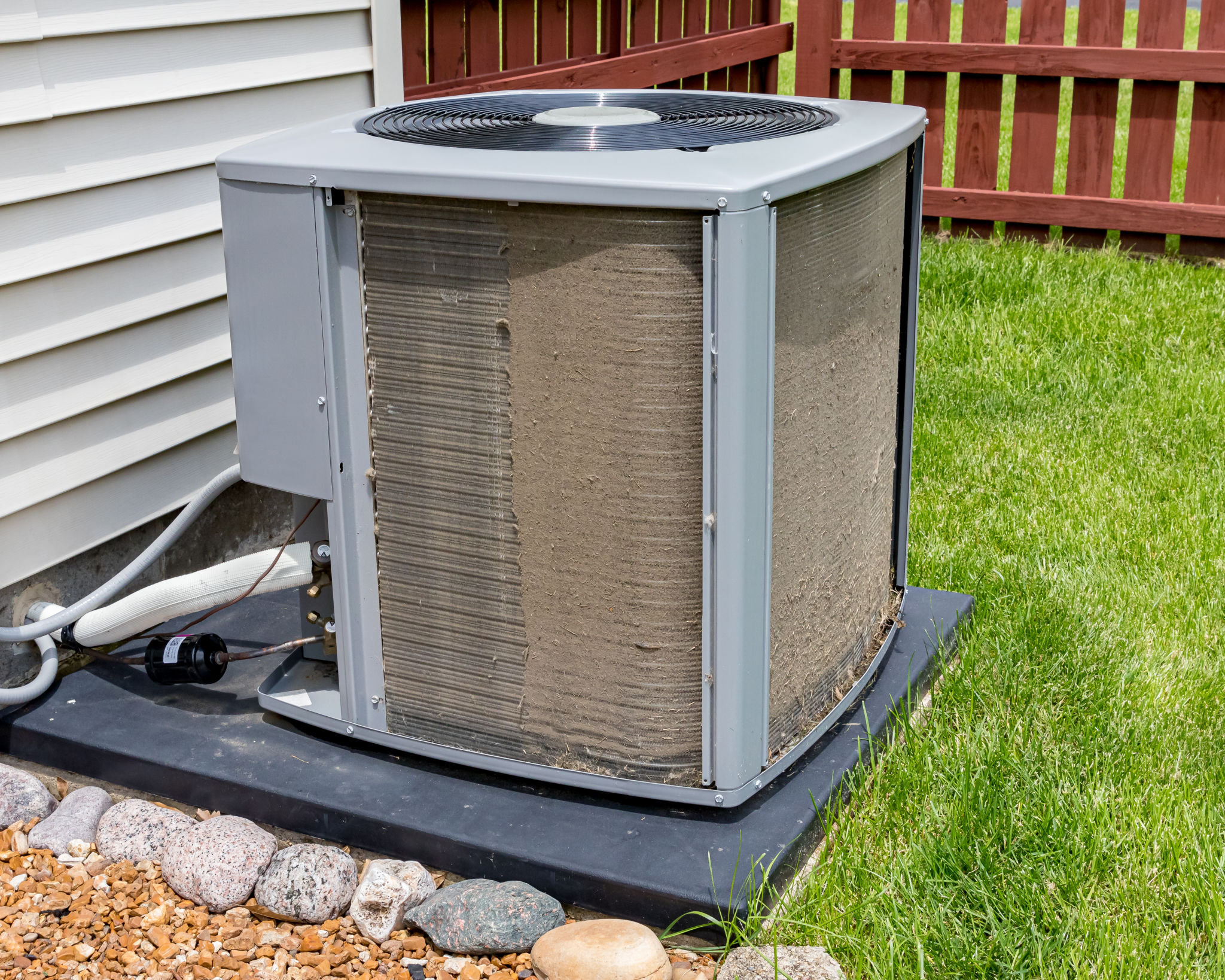DIY HVAC Maintenance Tips for Optimal Performance
JH
Understanding Your HVAC System
Your HVAC system plays a critical role in maintaining comfort within your home. Regular maintenance ensures it operates efficiently and extends its lifespan. Understanding the basic components of your system can help in performing simple DIY maintenance tasks.
The main components of a typical HVAC system include the furnace, air conditioner, ductwork, and thermostat. Each component requires attention to keep the entire system working optimally. By performing some easy maintenance tasks, you can improve the performance of your HVAC system and potentially save on energy costs.

Regular Filter Replacements
One of the simplest yet most effective maintenance tasks is regularly replacing your HVAC filters. Filters trap dust, pollen, and other particles, preventing them from circulating throughout your home. Over time, these filters become clogged, reducing airflow and efficiency.
It's recommended to replace or clean filters every one to three months, depending on usage and filter type. A clean filter improves the system’s efficiency and helps maintain better air quality inside your home.
Choosing the Right Filter
When replacing filters, ensure you're using the correct type and size for your system. Filters come in various ratings, indicating their ability to trap particles. A higher MERV (Minimum Efficiency Reporting Value) rating means better filtration but may also restrict airflow if not compatible with your unit. Consult your HVAC manual or a professional if you're unsure.

Cleaning Condenser Coils
Your air conditioner's condenser coils are located in the outdoor unit and play a crucial role in releasing heat absorbed from inside your home. Dirt and debris can accumulate on these coils, reducing their efficiency and causing your system to work harder.
To clean the coils, first turn off the power to the unit. Remove any debris around the unit, then carefully clean the coils using a soft brush or garden hose. Be gentle to avoid damaging the fins.
Maintaining Clear Surroundings
Ensure that there is at least two feet of clearance around your outdoor unit. Trim any nearby vegetation and clear away leaves or debris regularly to allow for proper airflow and prevent overworking the system.

Checking Thermostat Settings
Your thermostat is the control center for your HVAC system. Ensure it is set to the desired temperature and adjust settings according to seasonal changes. Modern programmable thermostats can help save energy by automatically adjusting temperatures when you are asleep or away from home.
If your thermostat is outdated, consider upgrading to a smart thermostat for better control and energy efficiency. These devices can learn your habits over time and make automatic adjustments to enhance comfort while saving on utility bills.
Troubleshooting Common Issues
If you notice issues such as inconsistent temperatures or frequent cycling, it might be due to a faulty thermostat. Check the batteries and wiring connections, and consult the manual or a technician if problems persist.

Sealing Ductwork
Leaky ducts can significantly reduce the efficiency of your HVAC system by allowing conditioned air to escape into unused spaces. Inspect visible ductwork for gaps or leaks.
You can seal small leaks using duct mastic or aluminum foil tape. Properly sealed ducts ensure that air is efficiently delivered throughout your home, enhancing comfort and reducing energy waste.
Professional Inspection
While many maintenance tasks can be done DIY, scheduling a professional inspection annually is wise. A technician can identify potential issues early on and perform thorough cleaning and tune-ups that are beyond basic DIY capabilities.
Regular maintenance not only keeps your HVAC system running smoothly but also ensures safety by identifying any potential hazards like gas leaks or electrical problems.
